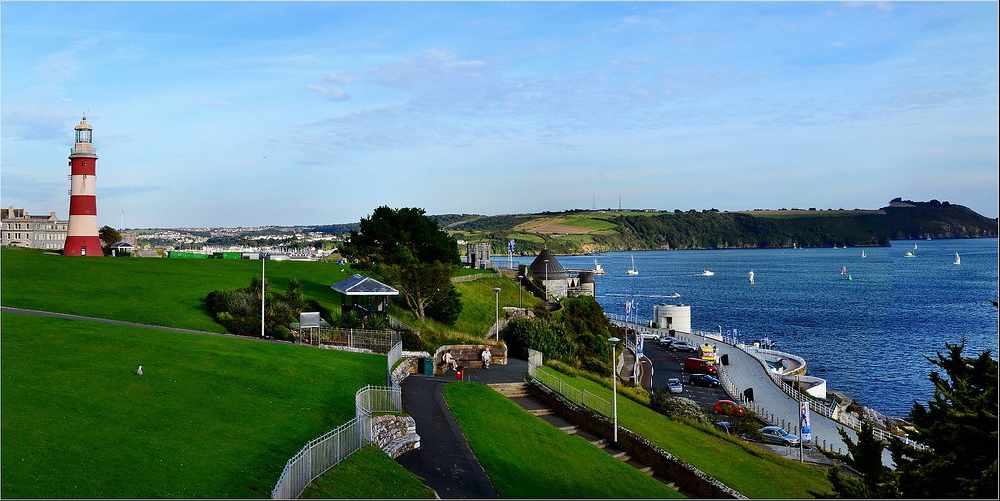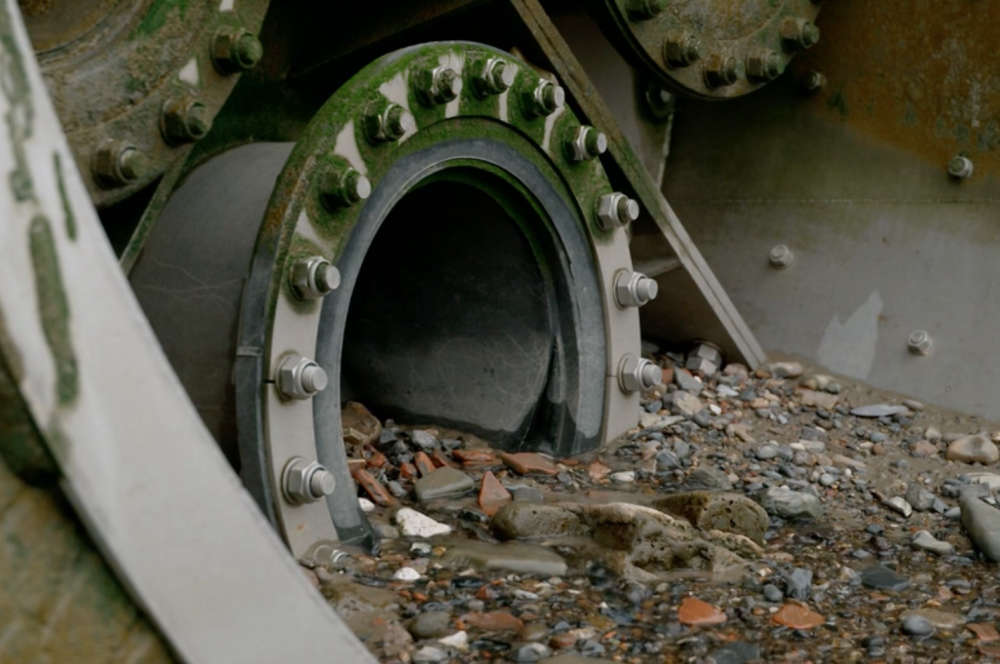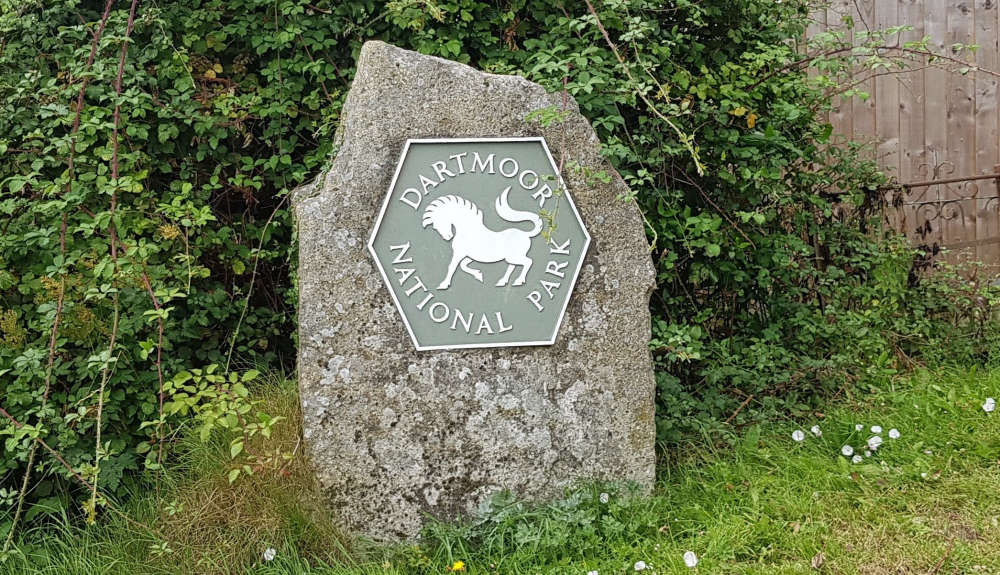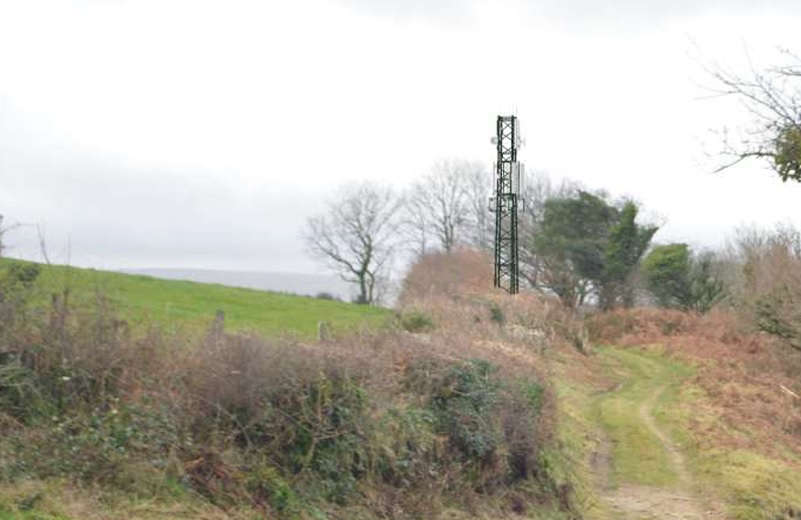
£2.1m project for post war re-development
Plymouth is celebrating a scheme designed to make people look again at the city centre’s post-war architecture.
Britain’s Ocean City was one of the country’s most heavily bombed cities during World War Two and its civic heart was virtually razed to the ground during the conflict when, between 6 July 1940 and 30 April 1944, Plymouth experienced 59 separate attacks and the air raid sirens sounded 602 times.
Two shopping centres, two guildhalls, a theatre, six hotels and eight cinemas were destroyed, 26 schools bombed, 41 churches struck, 1,900 public houses destroyed by bombs or fire, 3,754 homes destroyed and 18,389 seriously damaged. The human cost was devastating: 1,174 civilians killed and 4,448 injured.
Instead of rebuilding, in 1943 the council appointed leading town planner, Patrick Abercrombie, to create ‘The Plan for Plymouth’. The plan proposed replacing an overcrowded and congested city centre with a bold, modern style of wide streets, landscaping and greenery – all with a uniformity of architectural style and material. It is the only large-scale example of post-war town planning to be fully implemented in the country.
Some 80 years later and thanks to a four-year High Street Heritage Action Zone (HSHAZ) programme, buildings and spaces in the city centre, known as the Abercrombie Estate, have emerged revitalised and re-energised. Funded by Historic England, the £2.1m project was match-funded by the Transforming Cities Fund, Active Travel England and Plymouth City Council.
The completion of this work is a significant milestone in the overall re-development of the city centre which will continue in further phases.
One of the first projects was producing the City Centre Conservation Area Appraisal and Management Plan which celebrated the UK’s first post-war conservation area, highlighted its international significance in the field of planning and urban design and signalled how this could be upgraded and returned to its former glory.
Simon Hickman from Historic England said: “Plymouth is the most spectacular example in the country of how opportunities presented by wartime damage were grasped to produce an environment for the modern age: bright, clean, spacious and in tune with the optimism of the post-war years.
“But the city centre is now nearly 75 years old, and inevitably time has taken its toll. We wanted to refresh the fine mid-century architecture and play our part in helping residents and visitors view the city centre with a fresh eye.”
 Calls for inclusion on Plymouth lord mayor role
Calls for inclusion on Plymouth lord mayor role
 Upgrades to Plymouth storm overflows to take place
Upgrades to Plymouth storm overflows to take place
 Dartmoor finances facing biggest cut for years
Dartmoor finances facing biggest cut for years
 Rare curlews and martens are leaving Dartmoor - for now
Rare curlews and martens are leaving Dartmoor - for now
 Dartmoor phone mast gets the go-ahead
Dartmoor phone mast gets the go-ahead
 Livestock processing plant refused at Shebbear
Livestock processing plant refused at Shebbear
